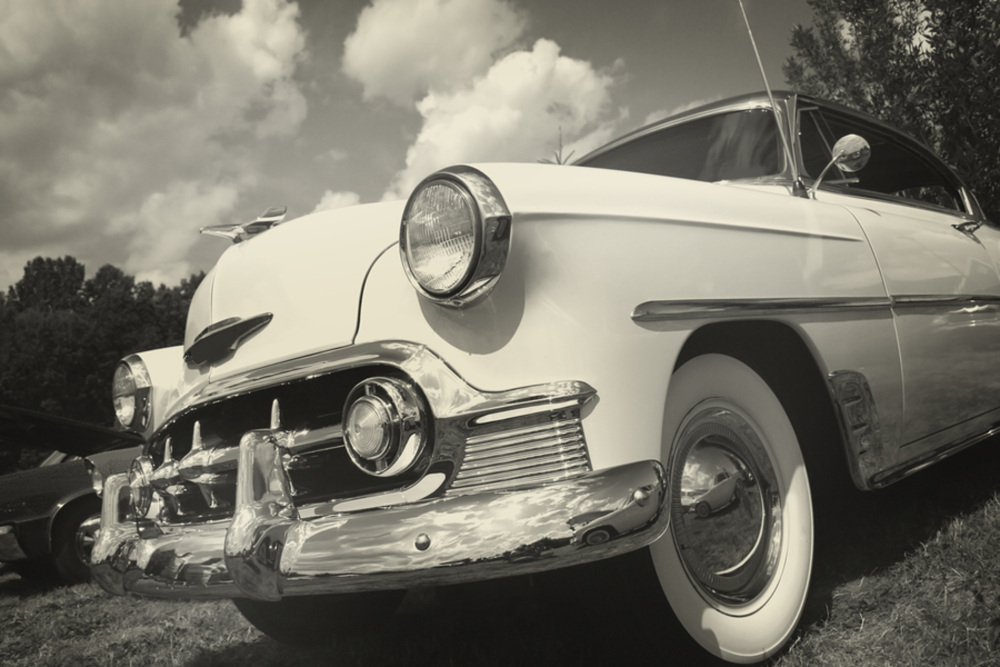The term nostalgia was first coined by a 17th century Swiss medical student, Johannes Hofer, in his dissertation in 1688. A sort of pseudo-Greek word—“nostos” for homecoming and “algos” for sorrow or grief—Hofer originally used the term nostalgia to refer to the anxieties that Swiss soldiers felt while fighting away from home.
Today, psychologists define nostalgia as a state marked more by warm feelings and fond memories; it’s pretty much universal, and at one time or another, most everyone has longed for the good old days. For marketers, nostalgia has been and continues to be an effective strategy to reach shoppers across all cultures and ages.
In fact, just last week The Coca-Cola Company decided to bet on nostalgia for its now revived soda brand, Surge— the 1990s competitor to Pepsi’s citrus-flavored Mountain Dew, which Coke eventually canned due to slumping sales. But last Monday Coke re-released Surge after a viral Facebook campaign—rooted in fond memories and longings for the ’90s—demanded its return. Currently, the SURGE Movement has nearly 152,000 Facebook Likes and continues to grow. Coke, which sells the soda solely online, sold out of the product twice in just one day.
That’s unexpected. Sold out TWICE in one day? Well, back to the factory… #SURGEisback pic.twitter.com/eWvso0lxfJ
— SURGE (@SURGE) September 15, 2014
“Really bright marketers have figured out how to create those happy feelings again [for consumers],” says Jeanette McMurty, principal of e4marketing, a psychology-based direct marketing firm. So how can marketers package nostalgia? “They basically have to package the emotions and the things that drive human behavior,” McMurty says. “When you do that, you create feelings of happiness, connection, and self-fulfillment; and people unconsciously associate those happy feelings with your brand.” She says nostalgia marketing that uses imagery and recreates positive experiences for potential customers can boost brand affinity—and then, hopefully, sales.
Campaigns that evoke nostalgia, however, aren’t built solely through creative narrative, but with the right marketing-tech tools. “The role of creative is continually challenged in digital advertising with pressures to create campaigns at scale, but still needing to be nostalgic and personal,” says Chris Stark, SVP of product marketing at Grapeshot, a platform that analyzes Web pages to place relevant ads. Stark says advertisers and marketers need to not only identify shoppers’ nostalgic feelings and memories, but they also must place those wistful ads in front of the right, longing audience. And he says that’s where tech tools come into play.
“Nostalgia marketing is a great example of a type of marketing that can be a keyword-driven conversation,” Stark explains. “Certainly, words that replicate those feelings can evoke nostalgia. Photos or images may be stronger emotionally in some cases. But the keywords will get the [creative] in front of the right audience.” He says placing ads with keywords, like “home,” “80s,” “childhood,” or even a specific music group can create connections and ensure the environment is one where a message will resonate. “Come to the table knowing which memories that you want to evoke,” he continues. “Then build a technique to elicit engagement.”
In addition to tech tools and great creative, social media is an effective and inexpensive way to capitalize on nostalgic feelings, McMurty adds. “So many people are living their lives on Facebook,” she says. “As a marketer, if you’re using social media, you have to know how to trigger positive feelings—not the feelings of inadequacy that sometimes come with social.”
Several brands, for example, take part in Throwback Thursdays on Twitter and Instagram, marked with the hashtag #ThrowbackThursday or simply #TBT. Car companies, including brands such as BMW USA and Dodge, share photos of classic-model cars each Thursday.
Even PlayStation rode the ’90s nostalgia wave before its release of the PlayStation 4 console last year with a YouTube video, entitled “For the Players Since 1995.” The video showed the evolution of one of its players from kid to young man—much like its target audience.
McMurty insists that no matter the product, even one that may not be intrinsically emotional, nostalgia marketing can be valuable. “[Marketers] have to focus a campaign on what matters to all people, regardless of economics, education, or culture,” she says. “Achievement, happiness, belonging—we all have those needs. Capture the unconscious mind. Then consciously people will choose your product.”








